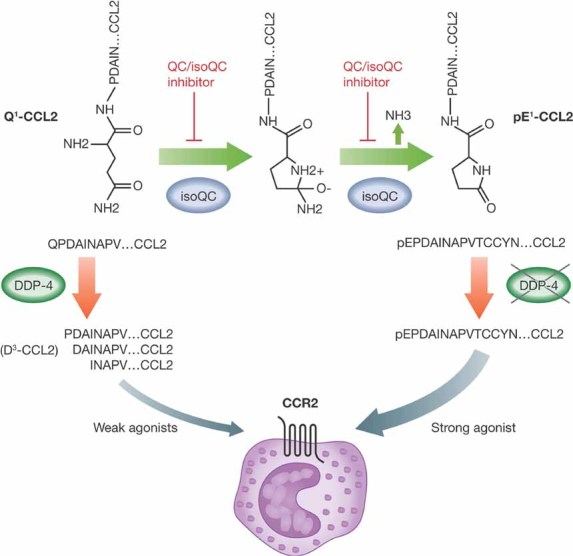Figure 1. Q1-CCL2, the mature uncyclized form of CCL2, is converted to cyclized pE1-CCL2 by iso-glutaminyl cyclase (isoQC).

Cyclized pE1-CCL2 is as potent a CCR2 ligand and inducer of moncyte chemotaxis as Q1-CCL2. However, Q1-CCL2 is susceptible to degradation by aminopeptidases, such as DDP-4, which generates products with much weaker biological activity (e.g. D3-CCL2). In contrast, cyclized pE1-CCL2 is resistant to N-terminal proteolytic processing and thus maintains its potency and activity. Inhibition of isoQC enzymatic activity using QC/isoQC inhibitors, results in decreased levels of pE1-CCL2, corresponding increased levels of Q1-CCL2 and subsequent degradation to less active CCL2 variants.
